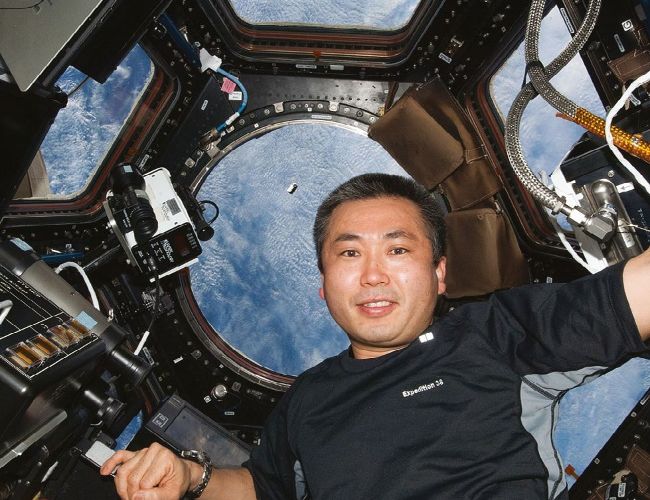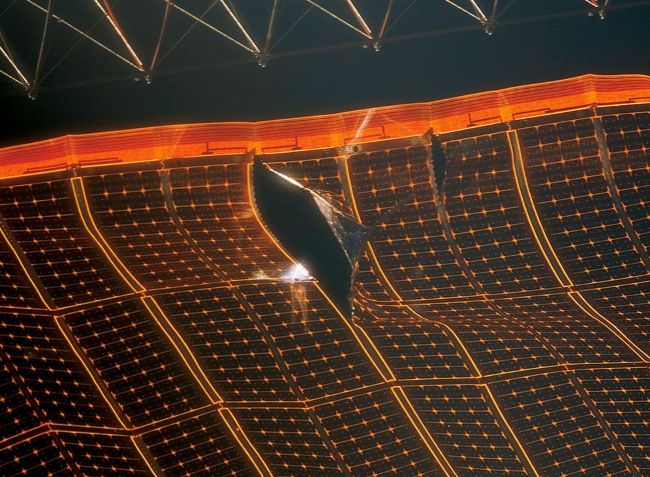HOW TO RUN A SPACE STATION
The International Space Station has been in orbit so long it’s easy to take it for granted, but keeping it up and running isn’t a simple business
WORDS ANDREW MAY
The International Space Station (ISS) is one of the most ambitious projects that humans have ever undertaken. It’s by far the largest structure we’ve launched into space, orbiting Earth at an altitude of around 250 miles.
Continuously occupied for almost a quarter of a century, it usually has a crew of around seven people, although on some occasions during changeovers there have been as many as 13 astronauts on board. This can include people from any of the nations contributing to the ISS project: Russia, the United States, Japan, Canada and the 22 member states of the European Space Agency. So it’s safe to say the ISS is a huge and complex undertaking, and ensuring it all runs smoothly is an enormous responsibility.
DID YOU KNOW?
SRussian cosmonaut Gennady Padalka has served four tours as ISS commander, in 2004, 2009, 2012 and 2015

Koichi Wakata was the first Japanese astronaut to command the ISS
© NASA / Alamy

One of the ISS’ solar panels showing damage that needed to be repaired
As far as the scientific work of the ISS is concerned, the astronauts on board are just the tip of the iceberg. Exploiting the unique microgravity environment of space, they carry out a wide range of experiments that simply wouldn’t be possible on Earth, in subjects ranging all the way from biology and medicine to climate science, astronomy and fundamental physics. But all this is done in close collaboration with subject matter experts down on Earth. Most people have heard of NASA’s Mission Control in Houston, Texas, where flight-related operations are coordinated, but there’s also a second hub at the Marshall Space Flight Center in Huntsville, Alabama. The latter acts as the primary interface between the ISS crew and the Earth-based scientists whose experiments they’re carrying out.